By Principle Architect and Multi-Family Director, Adrienne Stronge.
I have always loved books. I have been on a lifetime of adventures from my couch / bed / chair, thanks to the amazing power of printed words. At a very young age I knew two things; I wanted to be an author and I wanted to live in a house with a library. As I got older, I realized that my talents were better suited to creating tangible buildings rather than fictional worlds, but I knew that my hobby would make me a better architect.
Reading allows me to practice designing in my mind, turning written words into beautiful buildings without pictures to guide me. It’s like exercising my design muscle, especially with fantastical worlds that exist outside of our reality. Books also help me practice empathy. Walking in someone else’s shoes and reading someone else’s perspective works towards building empathy for other experiences. As architects, we need to be able to listen and empathize with our clients to create personalized spaces that fully meet their wants and needs.
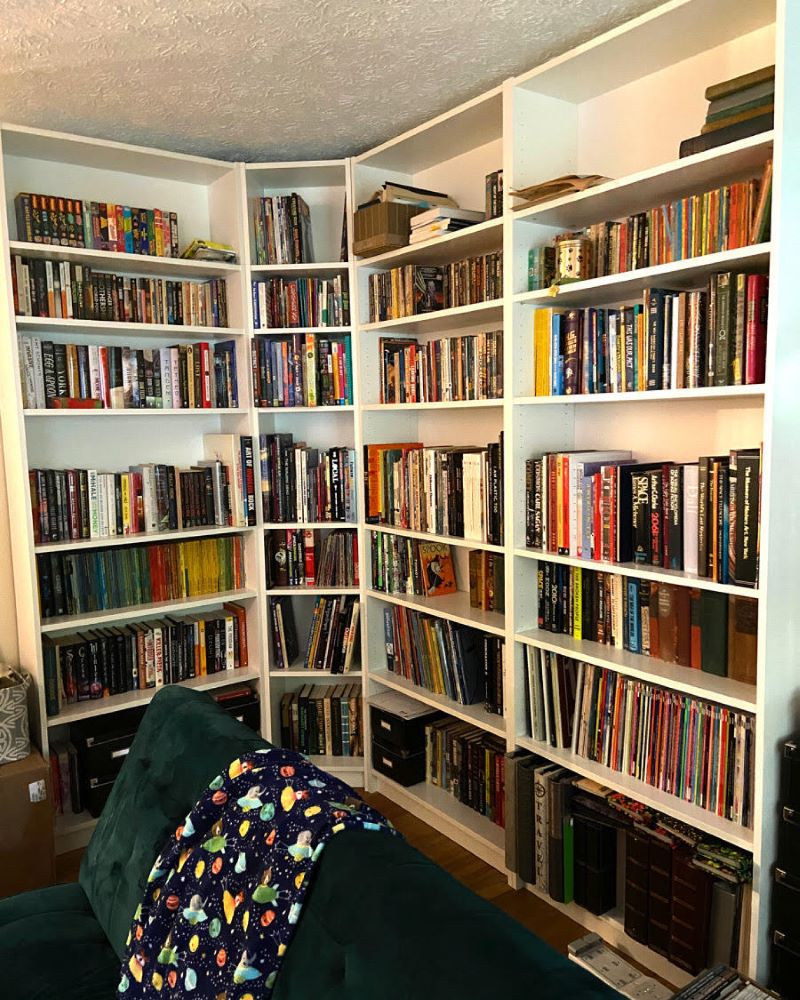
While I did not become a writer, I do have a “library” with bookshelves shoe-horned into every blank wall of my house. I love having a house full of books and places I can go to comfortably read them. If you are like me and need a place in your home for books, or even just spaces to cozy up with your e-reader, here are some tips below:
1. Make sure your architect knows the size of your collection. Built-in bookcases with adjustable shelves are better than individually bought shelves for safety reasons, but if you will have any heavy furniture pieces, consider adding blocking in the wall for anchoring these pieces. Ensure your bookcases are designed near a bearing wall if you have a large, weighty collection. Don’t forget to design places for any oversized books in your collection, which are best stored flat to avoid stressing the spines.

2. Reading next to a window is one of my favorite places to curl up with a book, but avoid direct light in rooms with books. Direct sunlight will fade spines and make books age faster. Work with your architect to conduct sun studies that will allow enough indirect light to comfortably read but block harmful direct light.
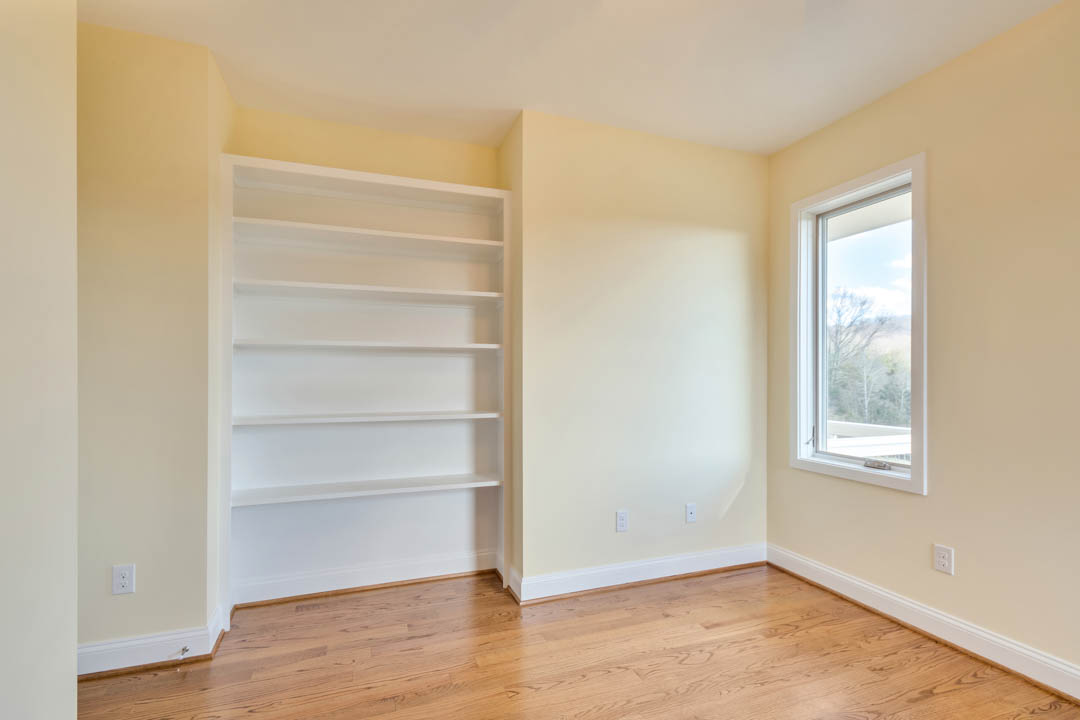
3. You will want to ensure there is no excessive moisture in the room that will house your books. A well-balanced HVAC system with a well-designed and constructed building enclosure is key for this.
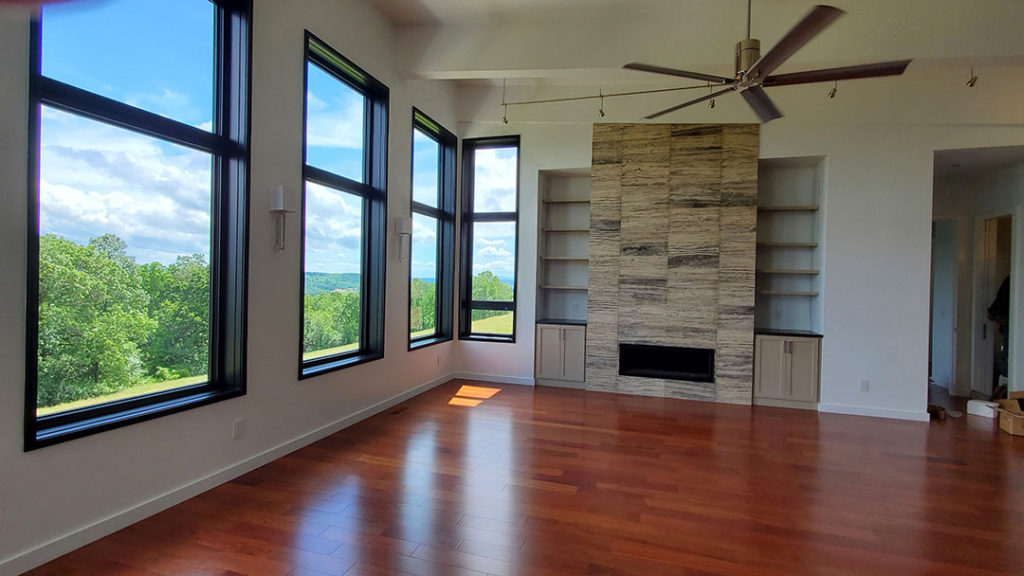
4. While I love natural light in my reading space, the room needs ample artificial light for night or rainy day reading. If your reading space will be in the center of your room, consider adding a floor outlet for your reading lamp to avoid trip hazards from wires. Direct, individually switched sconce lights over beds will allow you to continue your reading well into the night when you just need to consume “one more chapter…”
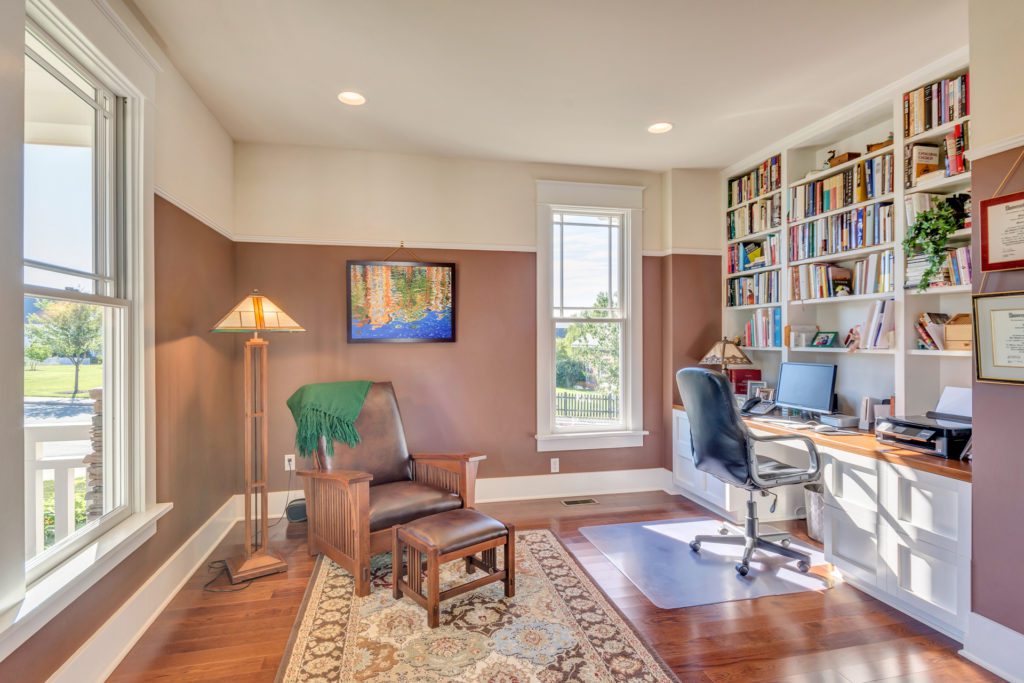
5. I love the cozy image of reading next to a fire. An efficient heat pump should keep you comfortably warm in your home, but you could consider adding a visually appealing electric fireplace. These will give you the cozy effect of reading by a fire, without the introduction of flame and particulates to your library.
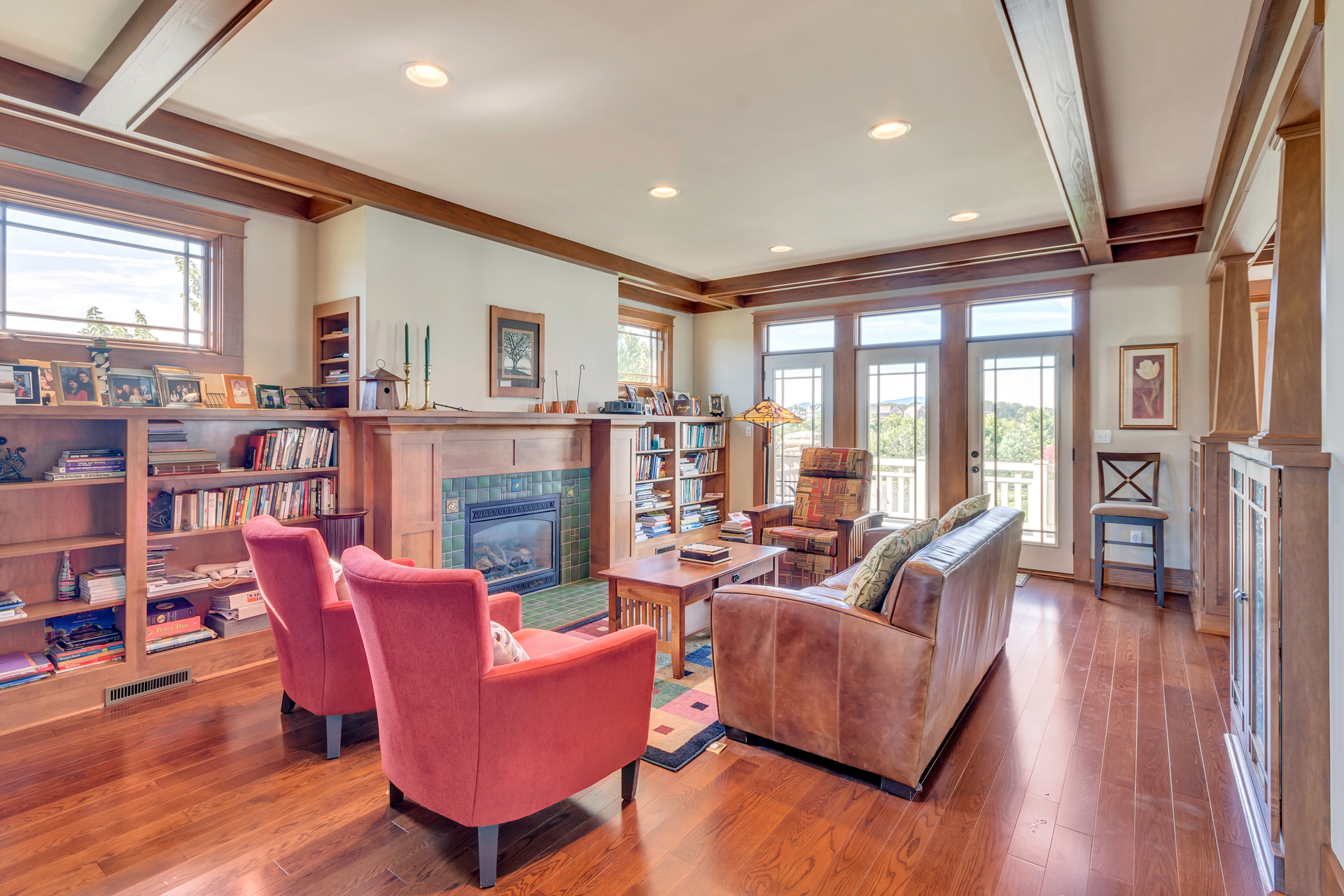
6. For a bit of whimsy, consider using a bookcase as a hidden doorway. Creating a secret room adds a fun, unexpected element to your library.
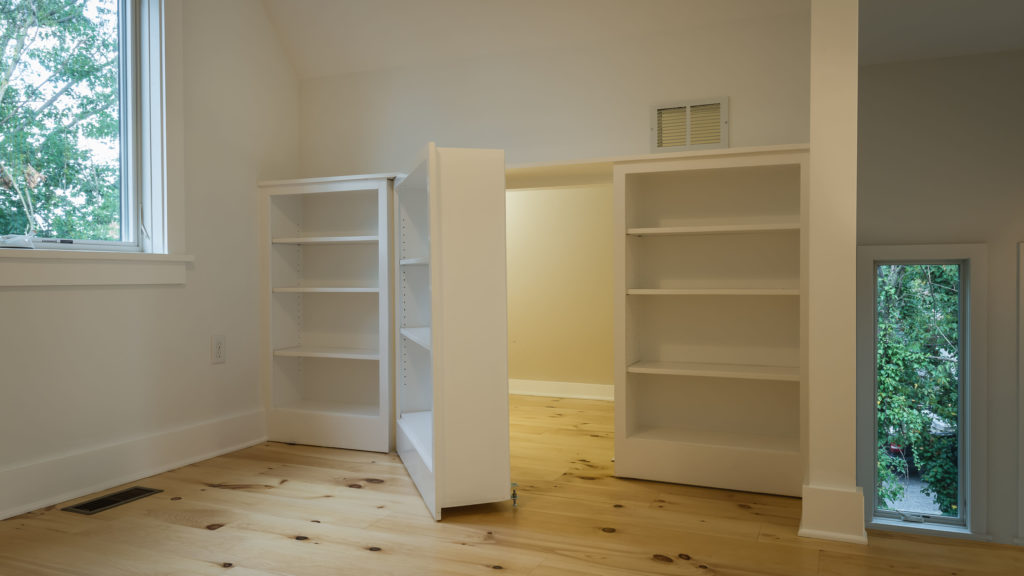
7. Don’t forget your outdoor spaces! Make a cozy nook outside for a great reading spot. My ideal outdoor spot is covered for all weather, includes a ceiling fan to discourage bugs, includes artificial lighting for reading late into the night, and has well-placed blocking in the ceiling so I can install a swing or comfortable hanging chair.

If you’re a fellow bibliophile, be sure to check out the VA Festival of the Book, taking place March 20-24, 2024 in Charlottesville. VAbook.org




